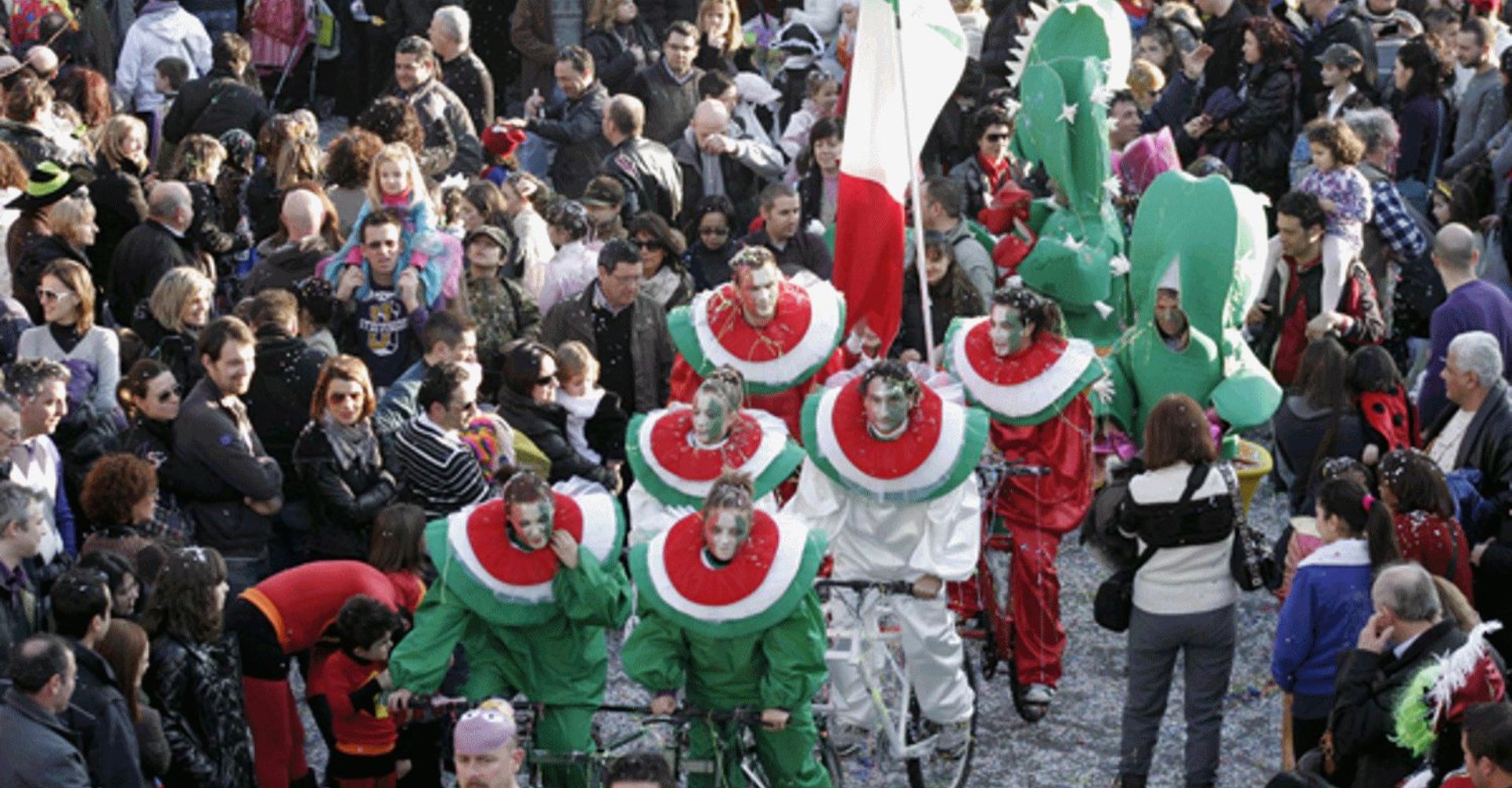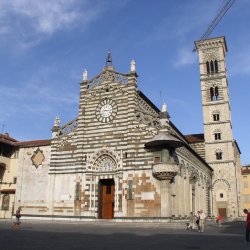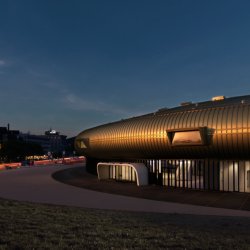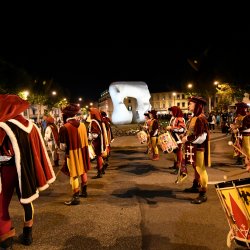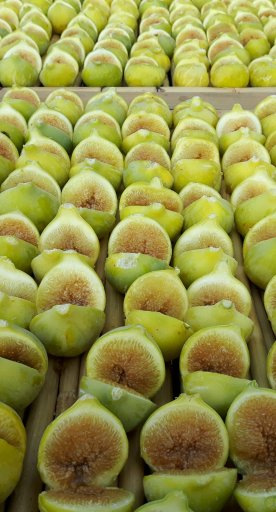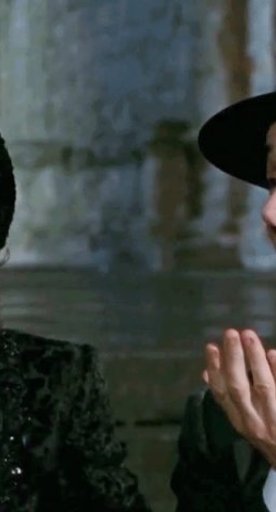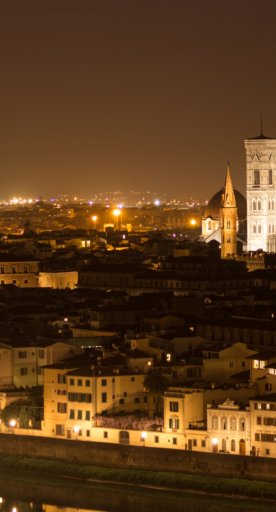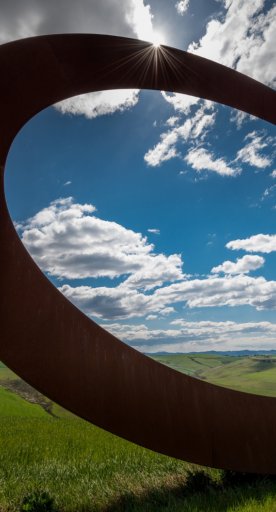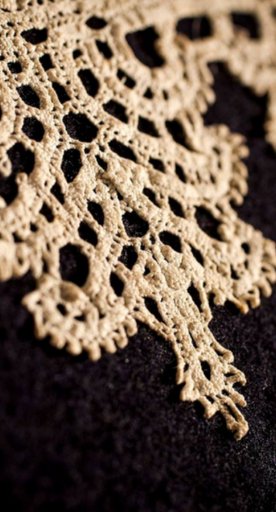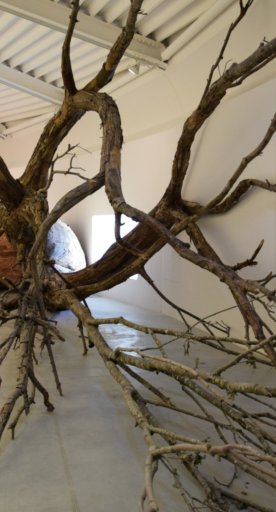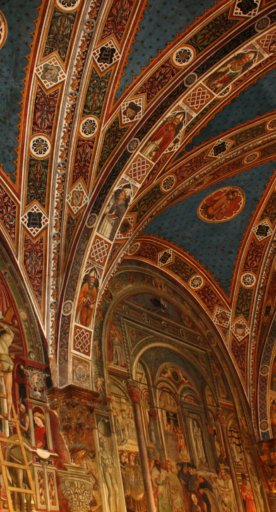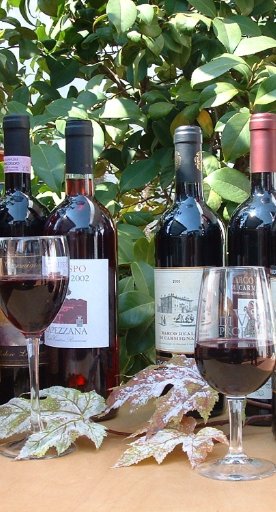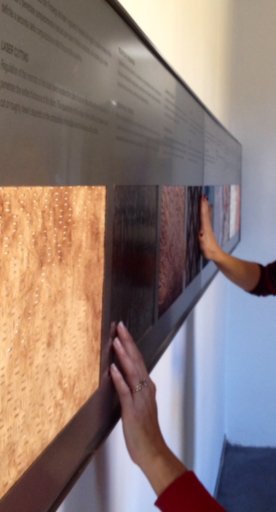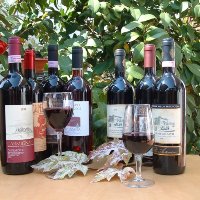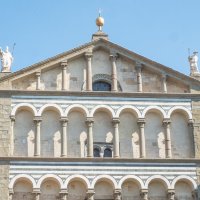Discovering Paperino - cinema and carnival
A trip to the southern area of Prato, to the village that served as the setting for the film directed by Alessandro Benvenuti
In the streets of the little town, where small barns and two-story cottages alternate, and in the surrounding countryside, there are numerous tabernacles and aedicules, symbols of popular devotion, that miraculously escaped the destruction of modern times. The most important historic building in Paperino is the church of San Martino, built in the 13th century, first as a chapel and then as a real parish church. Nineteenth-century renovations gave the building a simple gabled façade that protects a 14th-century fresco depicting the Madonna and Child between Saints Martin and John the Baptist, attributed to the Florentine Francesco di Michele.
La visita a Paperino può proseguire negli antichi vicinali che dividono l’abitato dalla via Pistoiese. In questa zona si possono notare alcuni edifici turriti di grande interesse, tra i quali la Torre a Mattoni, che conserva ancora oggi il portalino cinquecentesco e lo stemma dei proprietari e la Torre Armata, una torretta merlata che si inserisce in un grande complesso colonico, frutto di successivi ampliamenti che si sono susseguiti a partire dal Seicento. Da segnalare anche La Rugea in via dell’Oro, una villa signorile che fu proprietà degli Arrighi tra XVI e XVIII secolo. La struttura, integrata da vari annessi, quali le stalle, i granai, le stanze dei telai e le stanze dei bachi, è completata da una un oratorio dedicato a San Giovacchino, edificato nel 1725.
Sulla Via del Ferro lungo la gora "del Lonco" è testimoniato fin dal 1271 un mulino, recentemente trasformato in edificio industriale. Il Mulino del ferro, questo il suo nome, fu di proprietà di Ricovero degli Scrigni, padre di Ser Convenevole Grammatico, maestro del Petrarca.
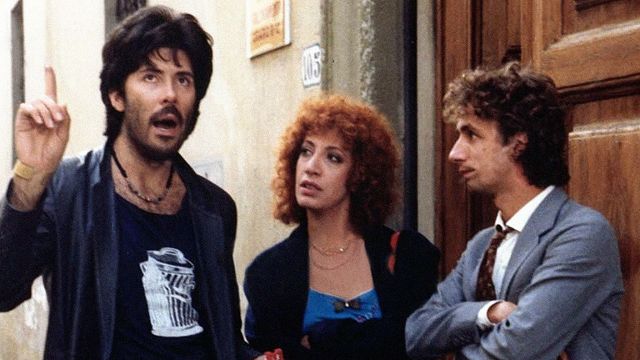
As well as becoming famous for the celebrated film starring Francesco Nuti, Alessandro Benvenuti and Athina Cenci, entitled West of Paperino, the village is known for its carnival festival, one of the most interesting of the entire Florentine and Prato Plain. The event began in 1977, with the intention of remembering peasant culture on the occasion of Shrove Tuesday. The success and large audience participation suggested the inclusion of the parade of floats and masks, accompanying the event with music, stands and dancing in the main village streets.
What’s nearby?

